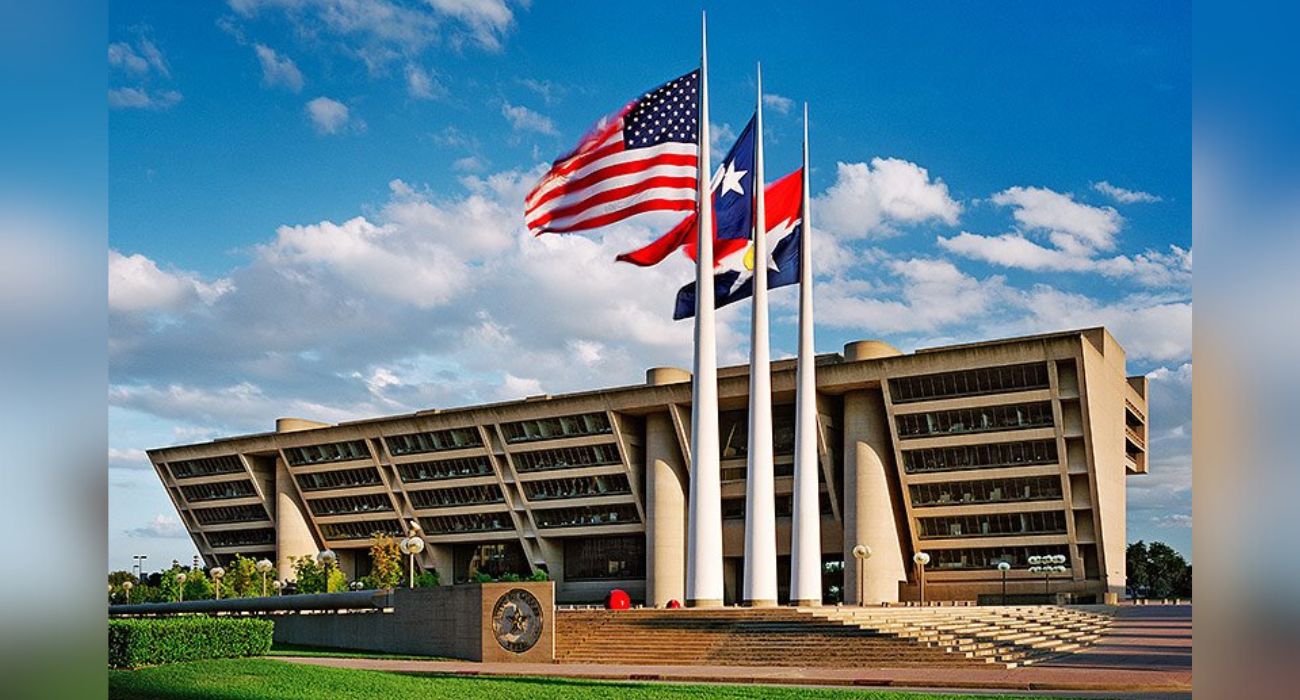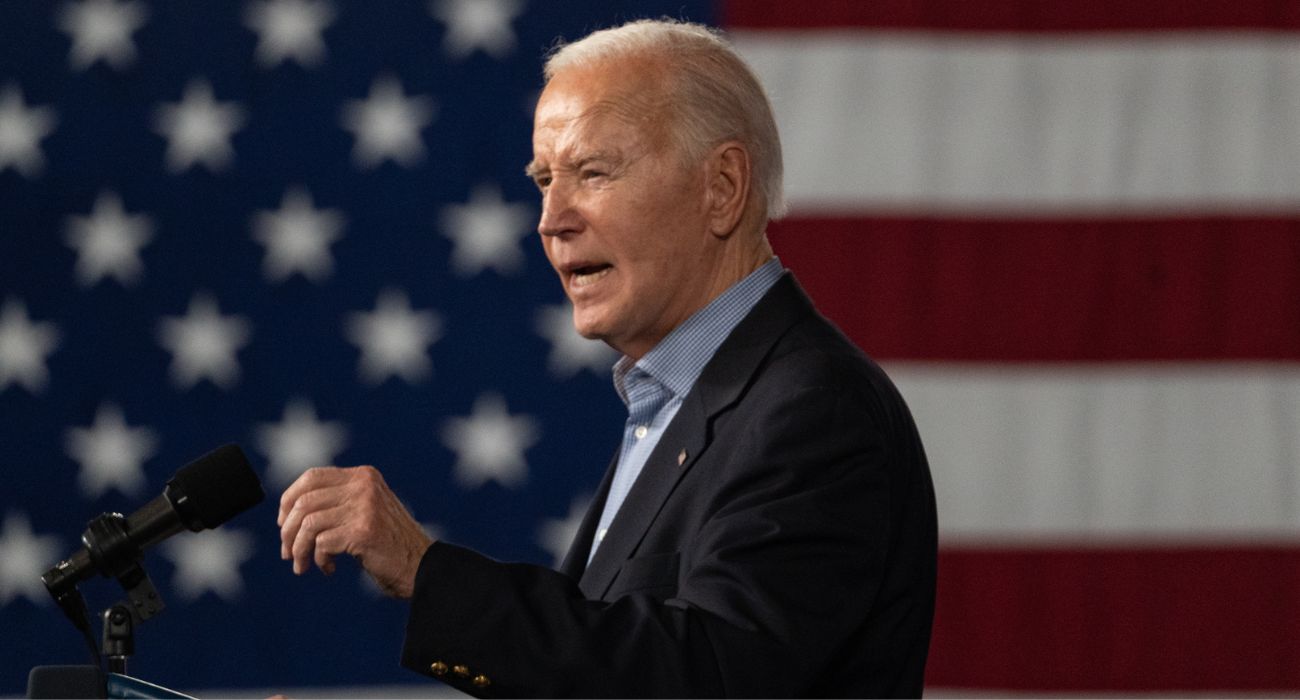A team of divers discovered a large piece of the Challenger space shuttle in the Atlantic Ocean more than three decades after the tragedy. NASA authenticated the artifact on November 10 in a news release.
The dive team found the debris in May while searching for the wreckage of a World War II-era plane for the documentary series “The Bermuda Triangle: Into Cursed Waters.” The dive crews contacted NASA upon coming across the 20-foot-long debris segment and distinctive 8-inch square tiles.
The Challenger shuttle exploded just after lift-off on the morning of January 28, 1986. The accident took the lives of all seven astronauts onboard, including the first schoolteacher to head to space, Christa McAuliffe.
About 118 tons, or 47% of the entire craft, was recovered after the tragedy, with the majority of it stored in abandoned missile silos at Cape Canaveral Space Force Station. A left side panel from the shuttle is on display at the Kennedy Space Center’s visitor complex, along with the charred cockpit window frame from the Columbia shuttle, which broke apart over Texas during re-entry, killing seven astronauts in 2003.
“Of course, the emotions come back, right?” said Michael Ciannilli, the NASA manager who confirmed the remnant’s authenticity, according to AP News. He explained that when he saw the footage, “my heart skipped a beat, I must say, and it brought me right back to 1986 … and what we all went through as a nation.”
Ciannilli also confirmed that this fragment is the largest found in the years since the accident and is the first to be discovered since two wing fragments washed ashore in 1996.
“While it has been nearly 37 years since seven daring and brave explorers lost their lives aboard Challenger, this tragedy will forever be seared in the collective memory of our country. For millions around the globe — myself included — January 28, 1986, still feels like yesterday,” said NASA Administrator Bill Nelson in the release.
“This discovery gives us an opportunity to pause once again, to uplift the legacies of the seven pioneers we lost, and to reflect on how this tragedy changed us. At NASA, the core value of safety is – and must forever remain – our top priority, especially as our missions explore more of the cosmos than ever before,” Nelson said.
The fragment remains in the ocean just off the coast of Florida near Cape Canaveral while NASA decides how to proceed.
The History Channel tweeted footage of the find on November 10 and will premiere a documentary of the discovery on November 22.






